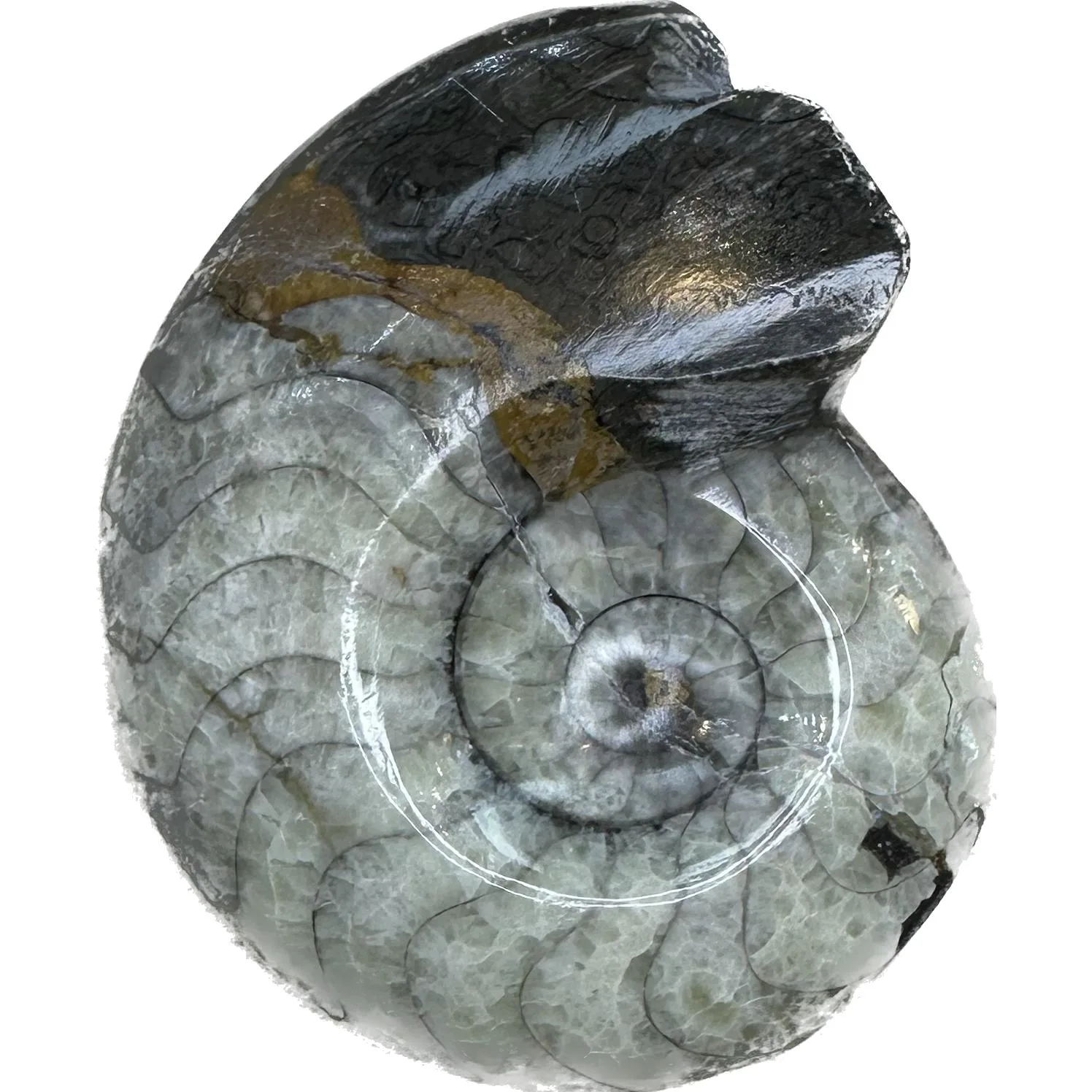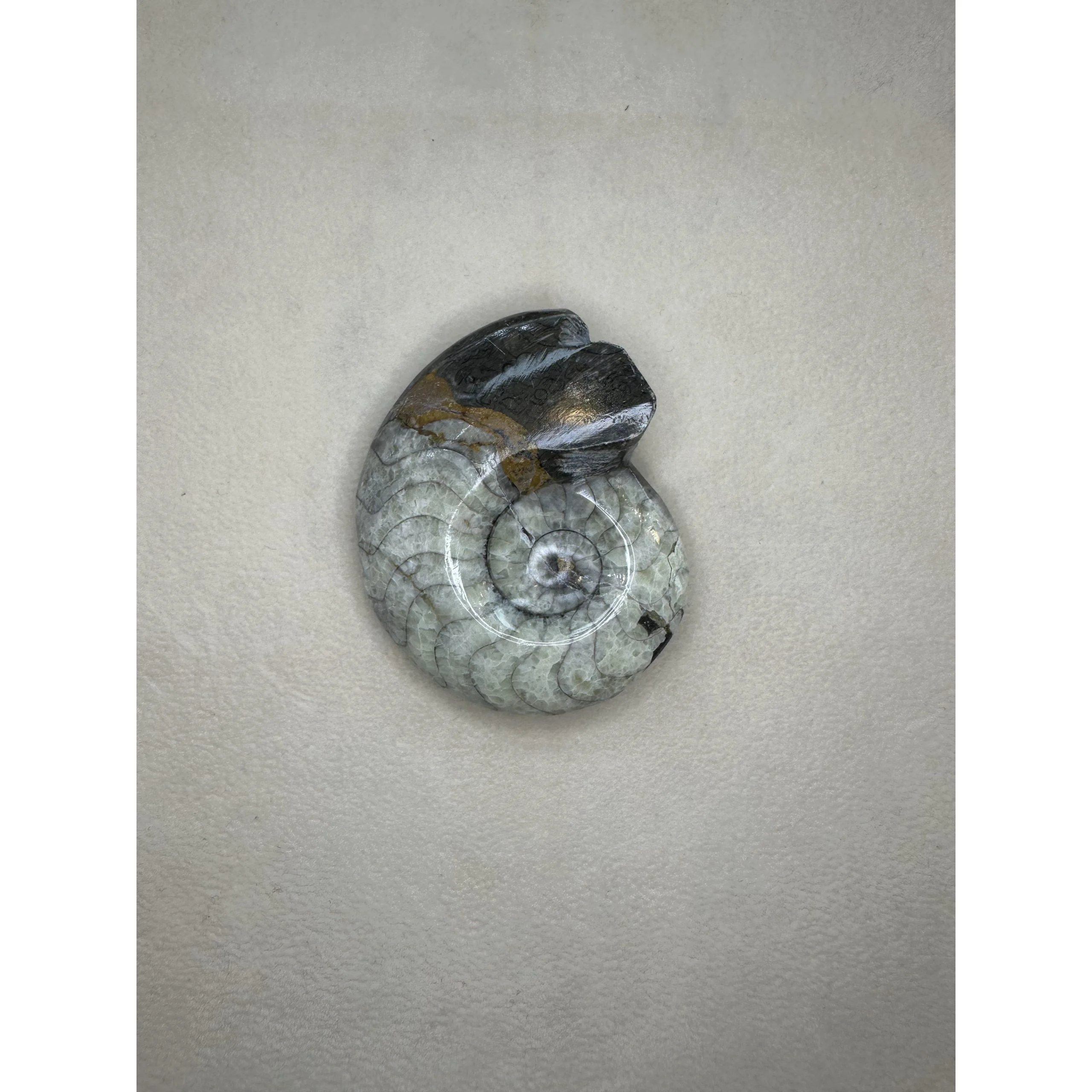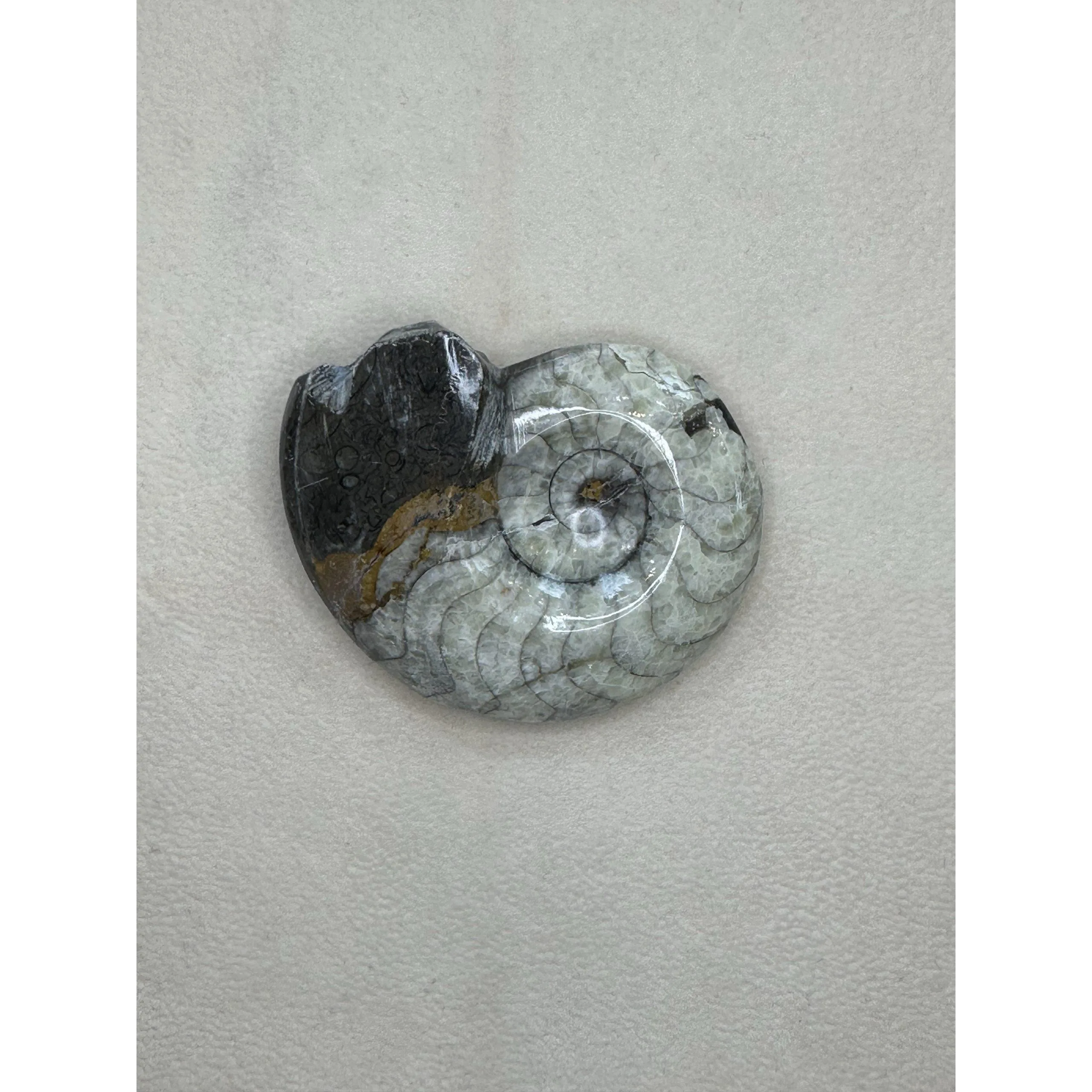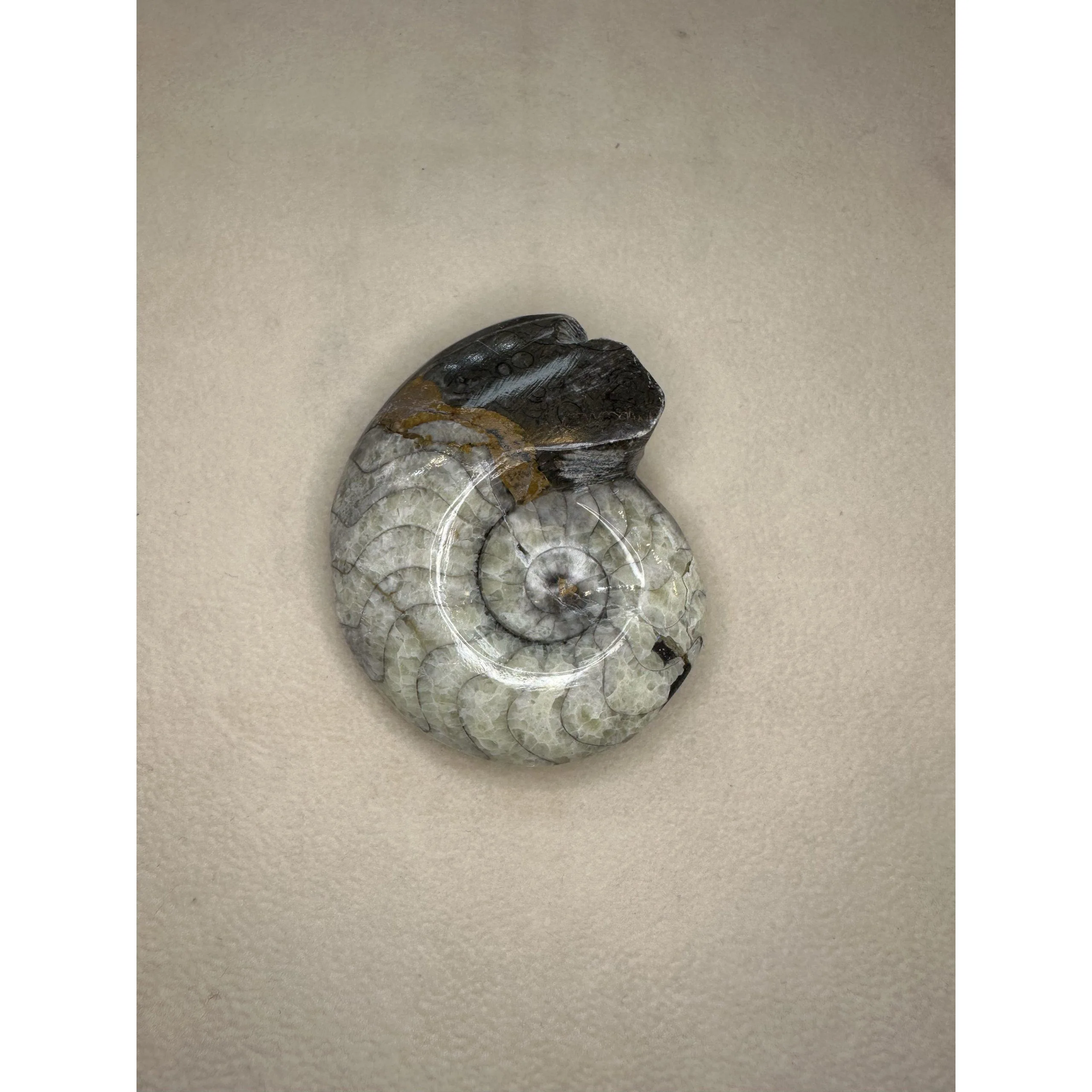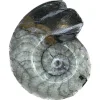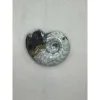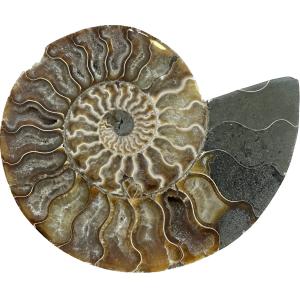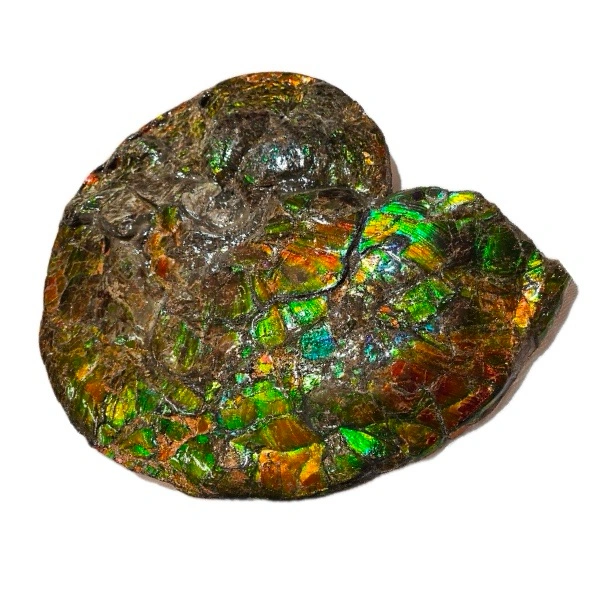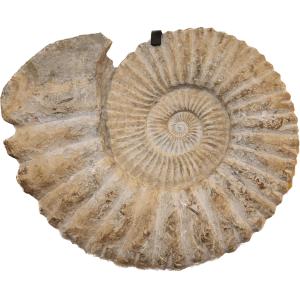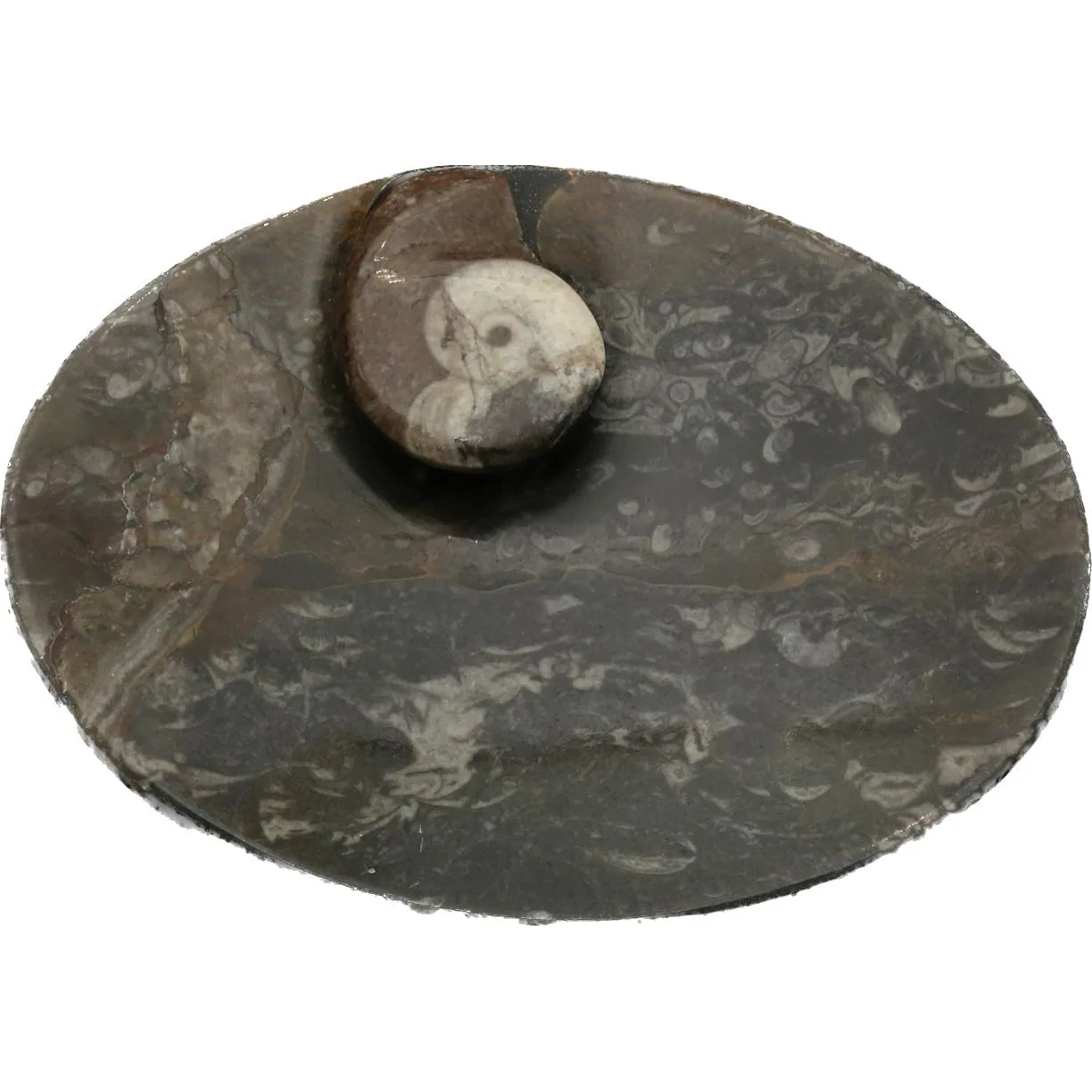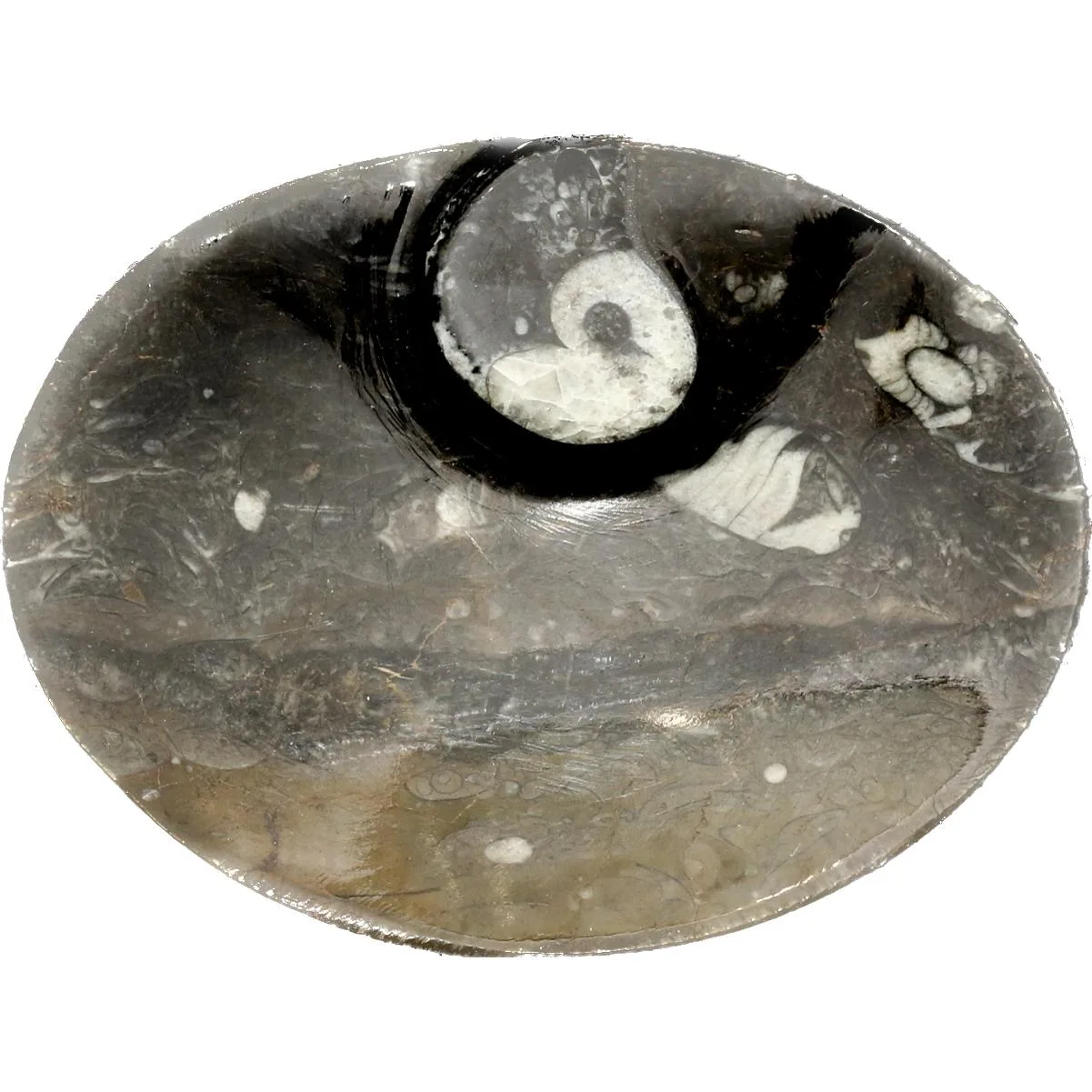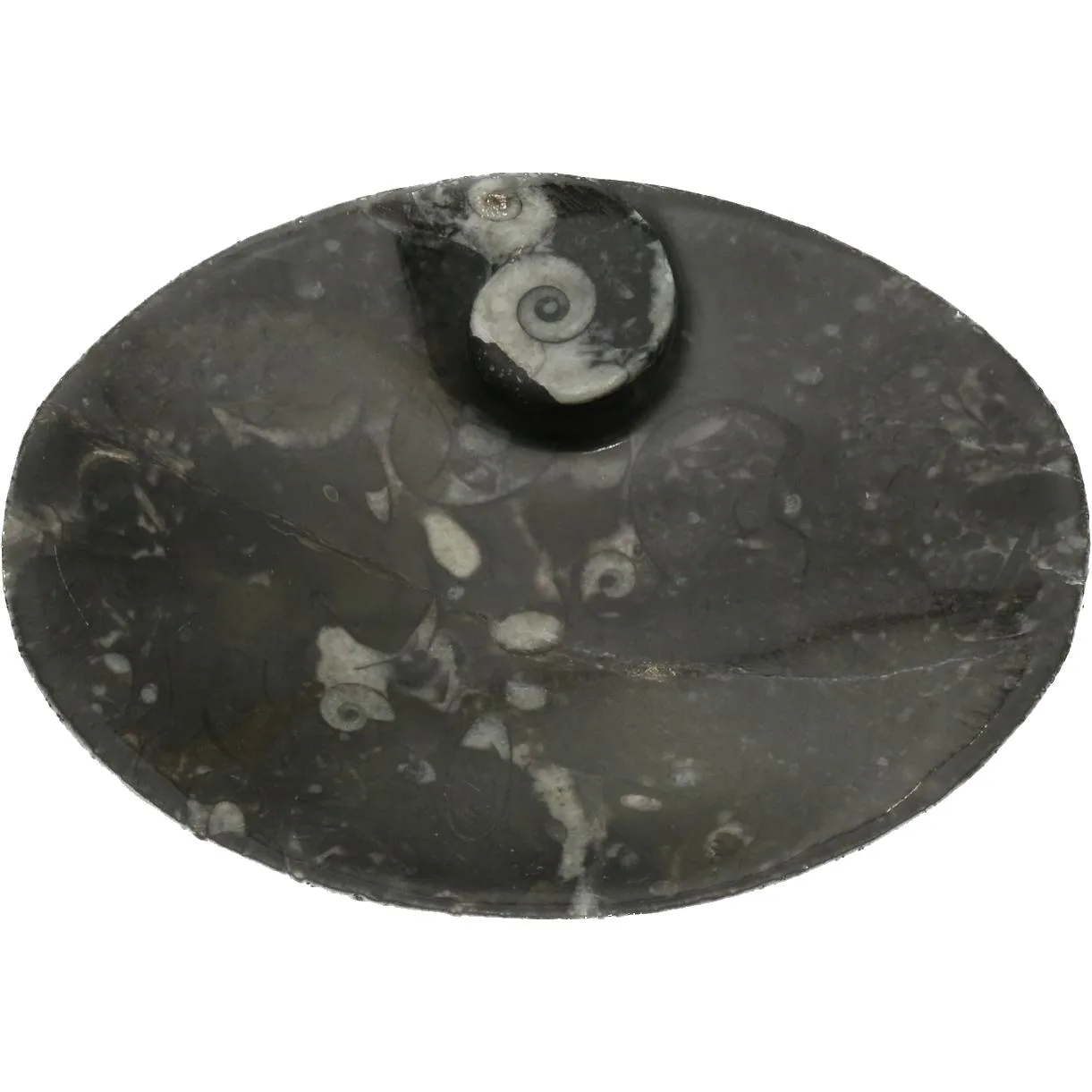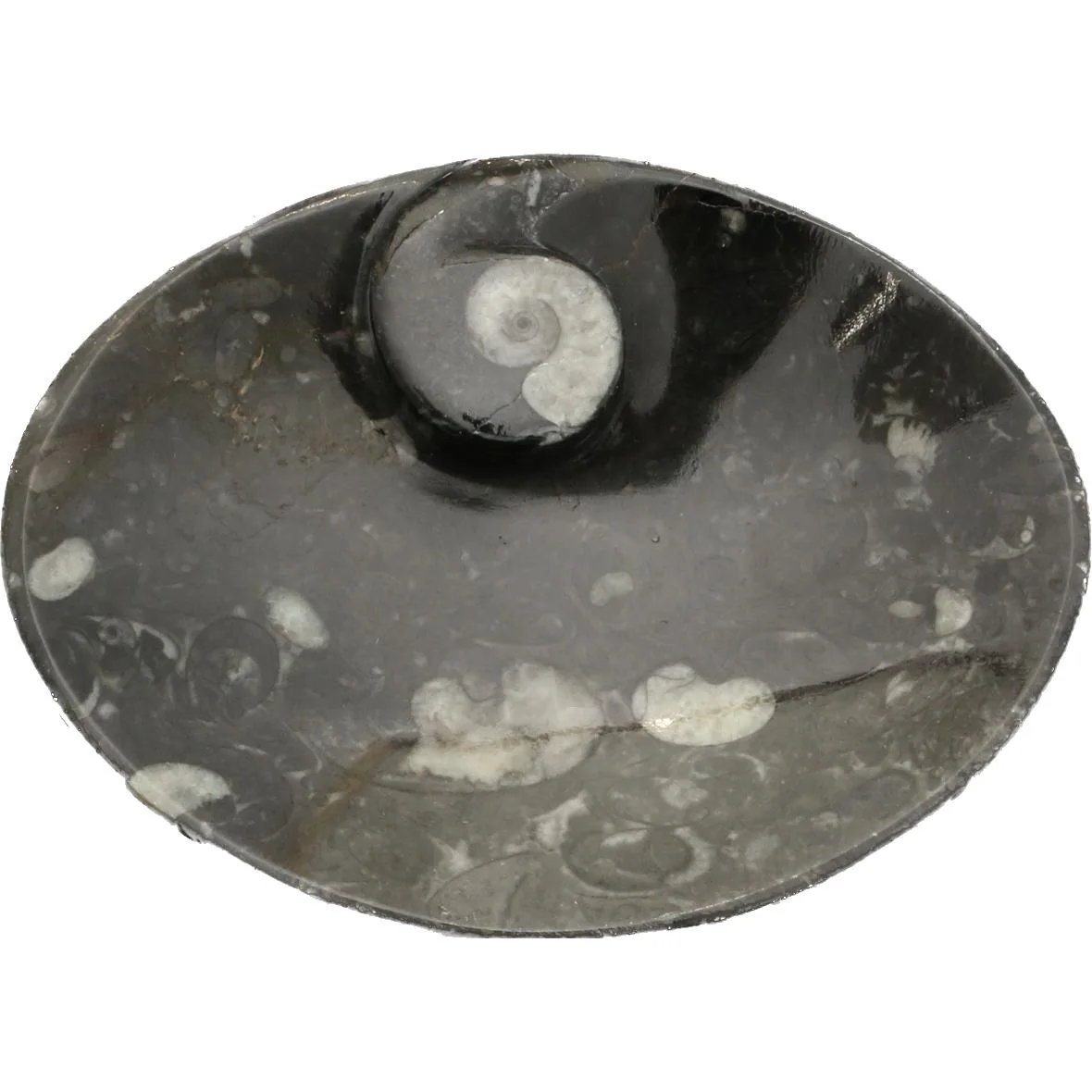Ammonites, the coiled shells of ancient marine mollusks, are among the most recognizable and widely studied fossils in the world. These creatures inhabited the Earth’s oceans for nearly 350 million years, from the Devonian period to the end of the Cretaceous period. Their fossilized remains are found in various locations around the globe, providing valuable insights into the ancient marine ecosystems and the evolutionary history of these fascinating creatures.
Evolution and Appearance
Ammonites belong to the class Cephalopoda, which also includes modern-day squid, octopuses, and nautiluses. They are characterized by their coiled, chambered shells, which are reminiscent of tightly coiled rams’ horns. The shell of an ammonite is divided into chambers separated by walls called septa. These chambers were connected by a tube called a siphuncle, which allowed the animal to control its buoyancy by adjusting the gas and fluid levels in the chambers.
The shells of ammonites varied greatly in size, ranging from less than a centimeter to over two meters in diameter. Some species had smooth, rounded shells, while others had elaborate ridges, spines, or keels. The intricate patterns and shapes of their shells make them prized specimens among fossil collectors and scientists alike.

Distribution and Fossilization
Ammonite fossils are found on every continent, providing a glimpse into the diverse marine ecosystems of the past. Some of the most famous and productive fossil sites for ammonites include Morocco, Lyme Regis (England), Madagascar, Germany, and South Dakota.
In Morocco, particularly in the fossil-rich Kem Kem beds, ammonites are commonly found preserved in a reddish-brown limestone matrix. These fossils often exhibit exquisite detail, with intricate shell patterns and sometimes even traces of the original mother-of-pearl shell layer preserved.
Lyme Regis, located along the Jurassic Coast in England, is famous for its rich deposits of Jurassic fossils, including beautifully preserved ammonites. The cliffs and foreshore of Lyme Regis are a UNESCO World Heritage Site, attracting fossil hunters and enthusiasts from around the world.
Madagascar, specifically in the Mahajanga Province, is another hotspot for ammonite fossils. The fossils found here are often well-preserved and can provide valuable information about the ancient marine environments of the region.
In Germany, the Jurassic limestone deposits of the Swabian Jura are a treasure trove of well-preserved fossils, including ammonites. The fine-grained nature of the limestone has contributed to the exceptional preservation of these fossils.
South Dakota, specifically in the Pierre Shale formation, is known for its abundant fossil marine life, including ammonites. The fossils found here offer insights into the marine ecosystems that existed in the region during the Cretaceous period.
Ecology and Lifestyle
Ammonites were a diverse group of marine organisms that occupied various ecological niches. They were active predators, using their tentacles to capture prey such as small fish and crustaceans. Some species are believed to have been fast swimmers, while others were likely slow-moving bottom dwellers. Ammonites are thought to have had a short lifespan, with most species living for only a few years.
Prehistoric 101 (Learn about fossils, minerals, and meteorites)
Learn: Ammonites
Ammonites: The Spirals of Time

